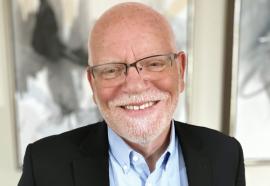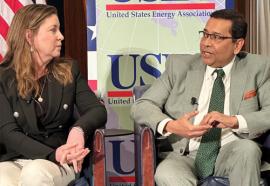Coal State Transition: West Virginia
West Virginia PSC
“West Virginia has passed a law that prohibits municipalities from banning natural gas. We view natural gas as a very important source of energy, and I would hate to see that taken off the table.”











